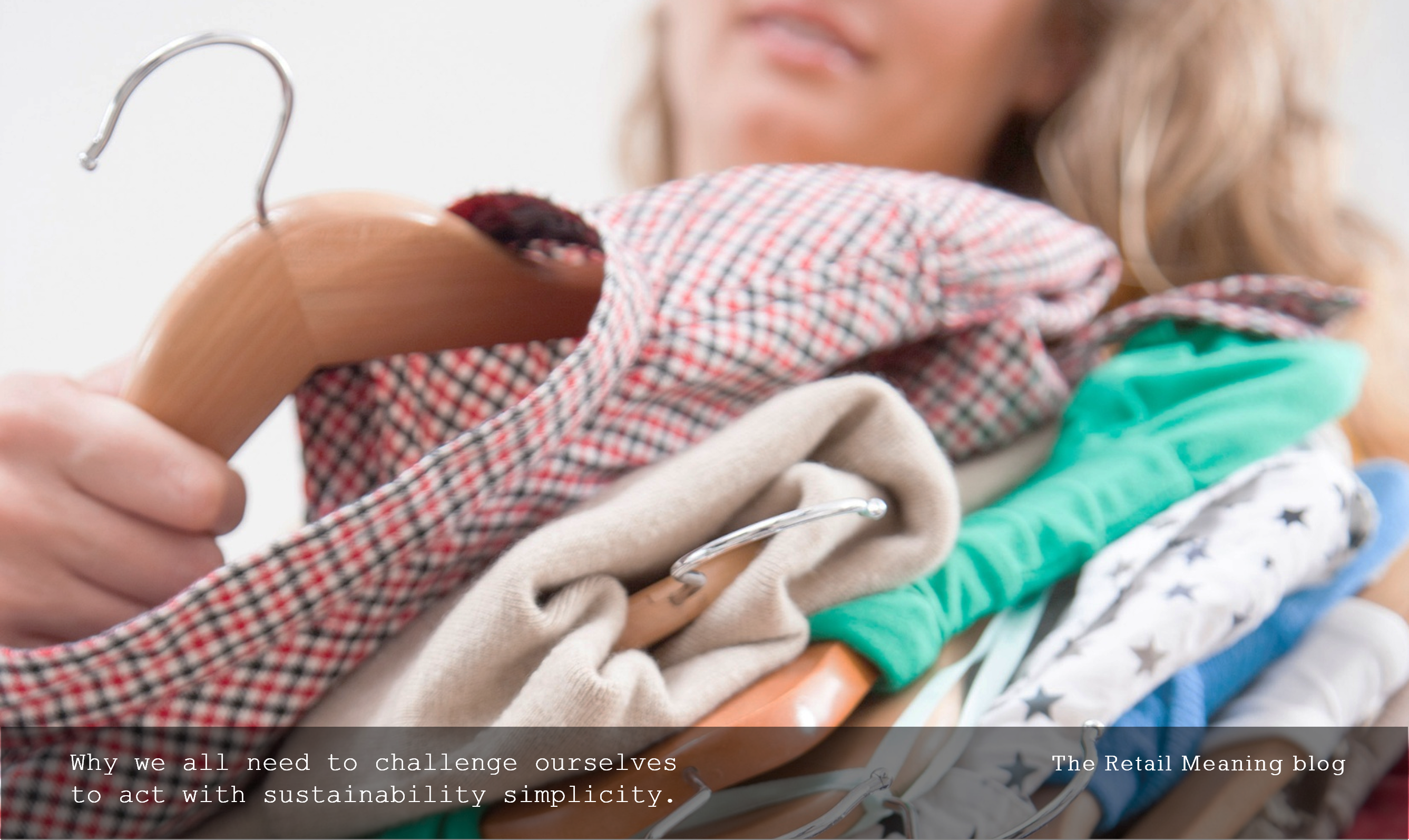Often the complex and devastating problems caused by the fashion industry seem so huge that individuals wanting to make a change, even organisations wanting to make change, feel lost and helpless in a sea of data and jargon.
The causes and the solutions can seem very big business.
The irony is that it is actually ourselves as individuals, all of us in our millions and billions that are perpetuating the problems, the waste, the pollution, and we are also, as individual customers and on mass as consumers, the answer to the evolution of a better industry.
If only we realised our potential. If only we knew what to do, and we could believe in the positive impact we could have every day.
This is why down-to-earth organisations such as Wrap, who produce insightful data, concise conclusions, and precise action plans for both businesses and organisations, are so invaluable. They deserve to be recognised, publicised and promoted to the attention of as many people as possible.
Thankfully, their recent report on ‘Displacement Rates’ from Circular Business Models in Fashion is being talked about a lot. As always, it takes its knowledge from the ground up, from a customer-centric perspective, and gives encouragement and vindication to the many people who repair their clothes and resell them.
This is a much-needed confidence boost for home-grown circular activities. What we do can make difference!
The displacement rate is defined as the rate at which acquiring (e.g. buying or renting) or repairing an item through a circular business model directly displaces the purchase of a new garment(s) in the existing, linear system.
The suspicion has always been that no matter how laudable it is to repair and resell unwanted clothing, the fact is it doesn’t change our shopping volumes of new clothing. However the Wrap report blows this out of the water, and the carbon.
The report headline statistics conclude that for resale, there is a 64.6% displacement rate for UK peer-to-peer resale. This means that over 3 in 5 secondhand clothing purchases displace new purchases. In effect we are reducing our number of new purchases by over 60%.
In terms of CO2 emissions, this translates to a potential reduction of 30kg of CO2, based on the fact that buying a secondhand pair of jeans online instead of buying a brand-new pair could save over 30kg of CO2, the equivalent to making 600 cups of tea
An even more encouraging statistic is that there is a 82.2% displacement rate for UK clothing repairs. This means that over 4 in 5 clothing repairs displace new purchases. In effect we are reducing our new purchases by over 80%.
In terms of emissions, this translates to a potential reduction of 7.5kg of CO2, based on the fact that repairing one cotton t-shirt instead
of buying a brand new one could save over 7.5kg of CO2, the equivalent of ironing for 25 hours.
This is powerful news. It is vindication that by repairing our existing clothes and by buying second hand we do have a significant impact on the volume of new clothes bought. And it is the volume of new clothes bought and produced using virgin materials that is choking the world, and makes the fashion industry so dangerous.
With such research to arm us, we should all be challenging ourselves to do more as individuals. And we can now be quite specific in our actions and our personal targets.
This statement comes from Wrap’s Circular Business Model guide: “Extending the active life of 50% of UK clothing by nine months would reduce carbon and water footprints by 4–10% each!”
Shouldn’t we all be taking this as our personal challenge? Couldn’t we make this into a national campaign with personal product calendars and clothing tags? Let’s all select 50% of the clothing in our wardrobes and label each item with a personal ownership plan?
How long would we usually wear this for? What duration will be our target? What is this piece of clothing’s ownership expiry date? How can I care for this piece of clothing, wear it, wash-it and repair it to ensure it reaches its extended expiry date?
Now we have an action plan. Now we can challenge ourselves, in the knowledge that what we are doing is not just the right thing to do, but reassured that we are actually making a difference!
